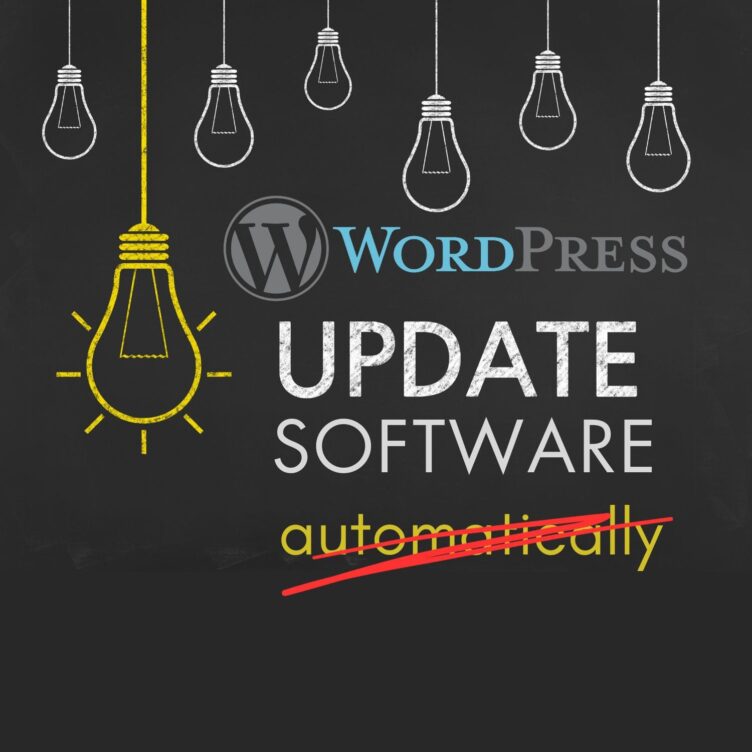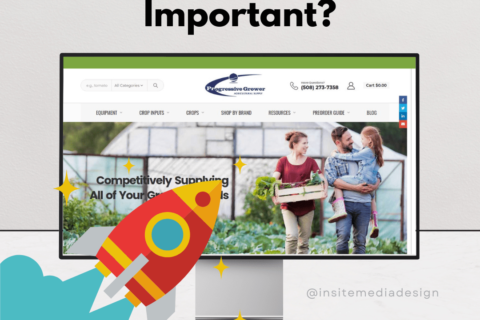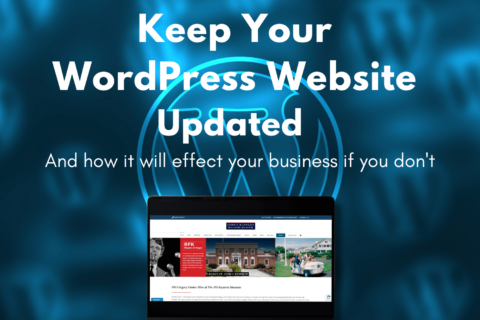Taking Control of Your WordPress Updates for a Smoother, More Secure Website Experience
In the ever-evolving world of web development, convenience often comes hand in hand with complexity. One such convenience, automatic updates in WordPress, seems like a lifesaver at first. However, a closer look reveals that it is not the best practice.
Here are several reasons why we don’t recommend having “auto updates” enabled in your WordPress website:
Incomplete Updates
Automatic updates don’t always cover all the bases. Yes, they’ll take care of your core WordPress files, but what about those essential plugins and themes? Often, theme updates might depend on corresponding plugin updates, and if you don’t manually check and update these, you might be in for surprises like broken functionality or design changes.
Database Updates
Updates often come with changes to the database structure. This isn’t something you want happening without supervision. A manual check ensures that your database updates smoothly, preserving data integrity and preventing potential data loss.
Compatibility Issues
WordPress websites are run by a main theme, many plugins, and most often can have custom code. Automatic updates don’t always take into account the compatibility of these elements. A new update might clash with an older plugin or theme, causing conflicts that could take hours to diagnose and fix. By enabling automatic updates, you run the risk of discovering broken or missing layouts long after the update has been applied.
Testing and Staging
In the world of web development, testing is crucial. Automatic updates bypass this step entirely. A best practice is to first apply updates to a staging site (especially for major releases of Elementor and Woocommerce), check for issues, and then, after confirming everything is running smoothly, push the staging site to production. This way, you minimize disruptions.
Security Concerns
While automatic updates can enhance security by patching vulnerabilities promptly, they can also introduce new security issues if not thoroughly vetted. Manually reviewing updates allows you to ensure that they are from trusted sources and don’t contain any malicious code.
Control and Customization
Your WordPress website is unique. It reflects your brand, your vision, and your goals. Automatic updates strip away your control and can inadvertently change the look, feel, or functionality of your site. Manual updates allow you to adapt updates to suit your site’s specific needs.
Back Ups
Always have a backup plan. With manual updates, you can take the time to perform a full backup of your website before applying any changes. If something goes awry, you can easily roll back to a previous state.
The Conclusion
While automatic updates in WordPress can be convenient, they come with significant drawbacks. Taking a hands-on approach to updates not only ensures that your website remains stable and secure but also allows you to maintain control over it.
It’s worth noting that many hosting providers, such as GoDaddy, have automatic updates enabled by default. If you’re unsure whether auto-updates are enabled for your site, consider asking your WordPress developer. If you manage your WordPress website yourself, a quick check can be done by looking at the top black admin bar when logged in; if it says “disable auto-updates,” this means auto-updates are currently active.
By making updates by hand and checking your website’s appearance after you update each one, you can safeguard your website’s functionality, appearance, and security.
So, if you see the “enable auto-updates” button in your admin bar, pause for a moment and consider the benefits of manual updates – your website will thank you for it.
✨ Ready to simplify your WordPress updates and ensure your website stays in top shape? Explore our WordPress Care Plan, where we not only handle the updates for you but also provide you with peace of mind – if an update goes awry, we’ll fix it – which is included in your website care plan!






